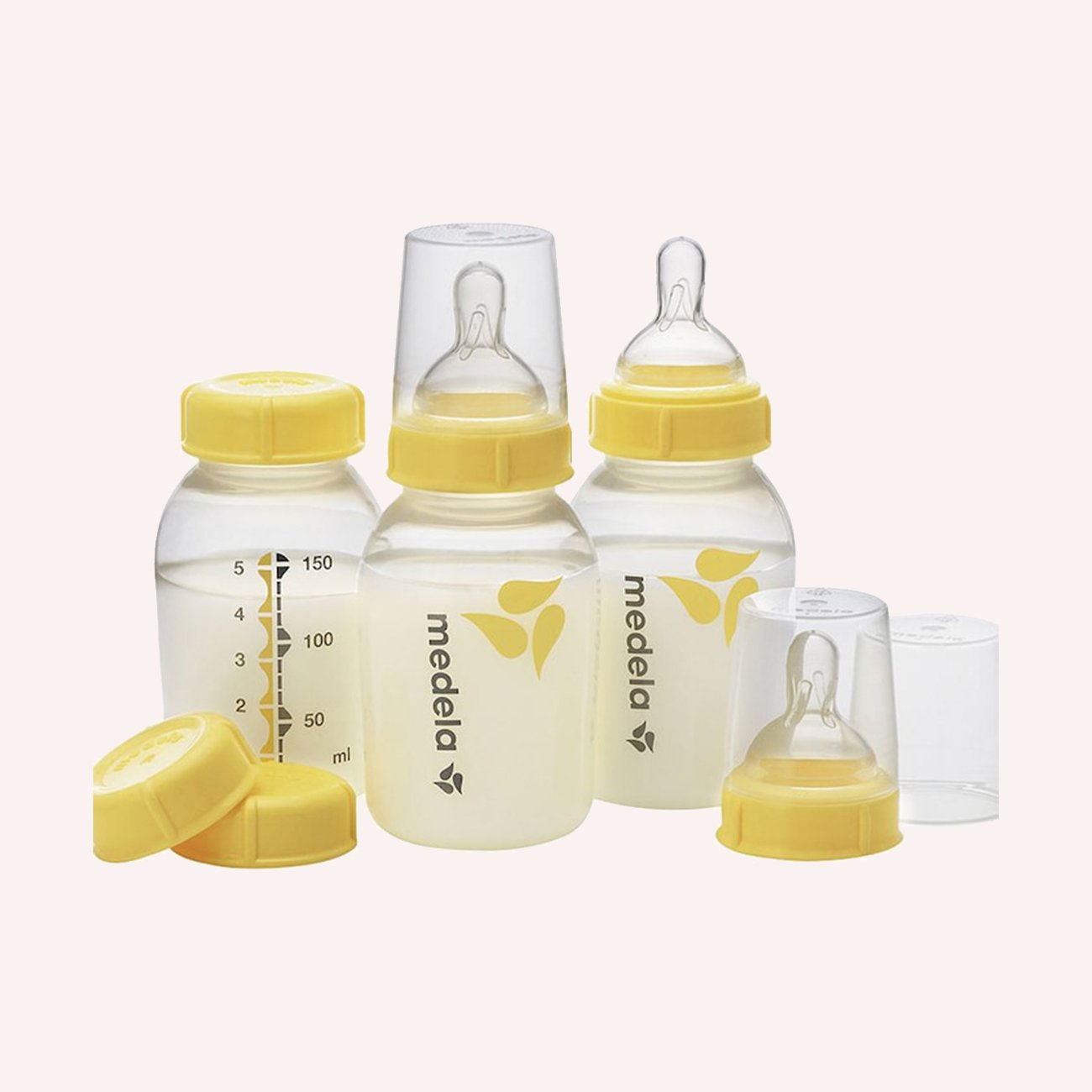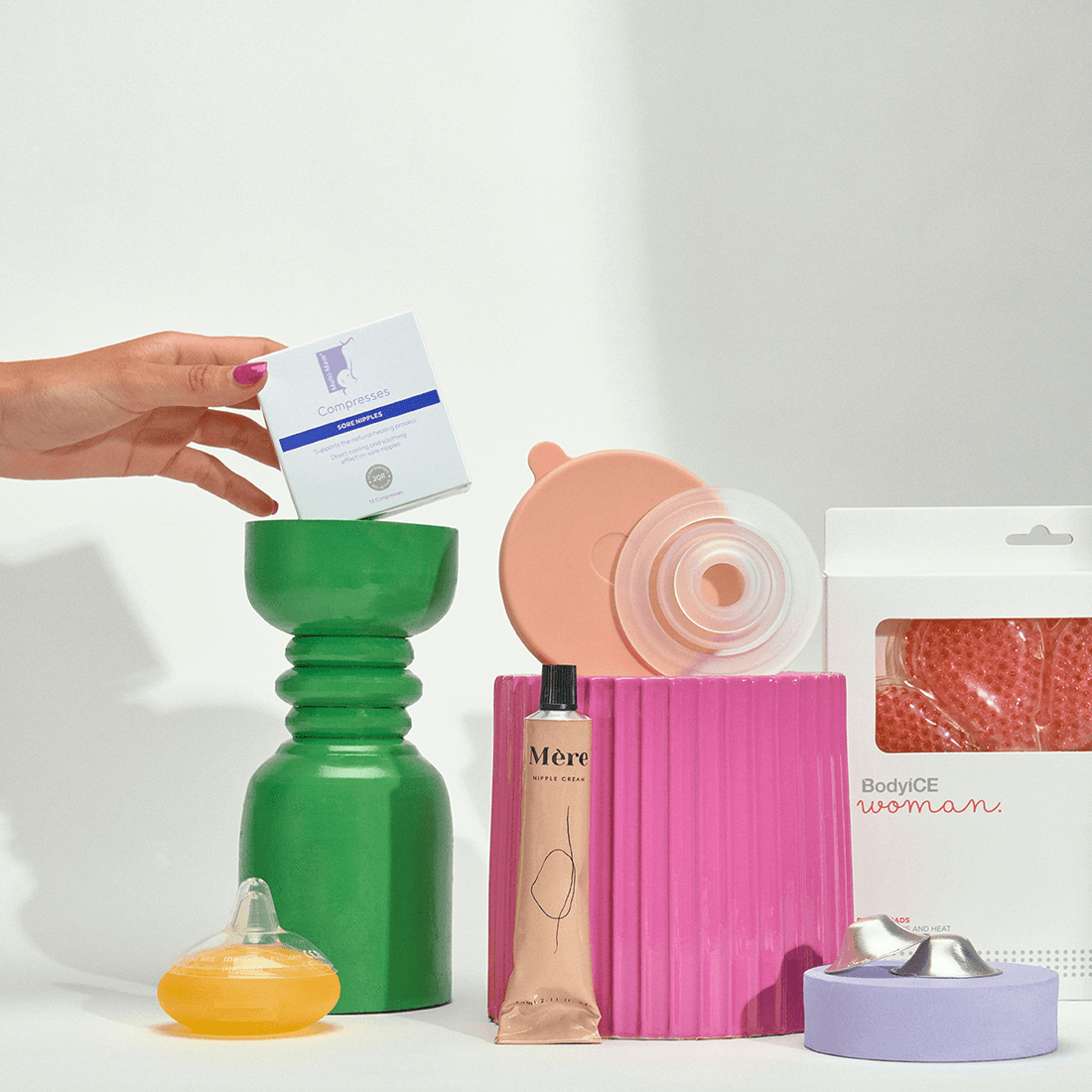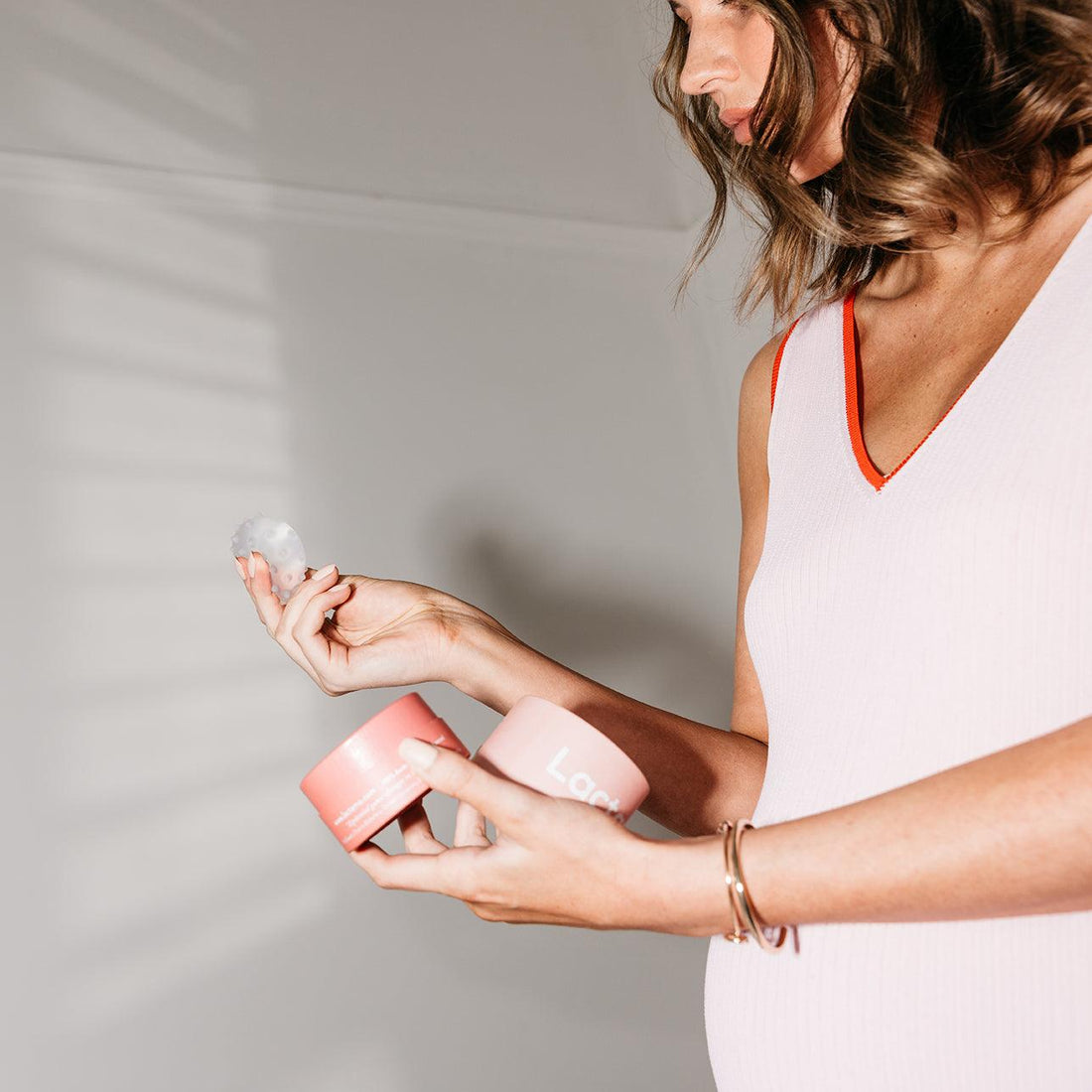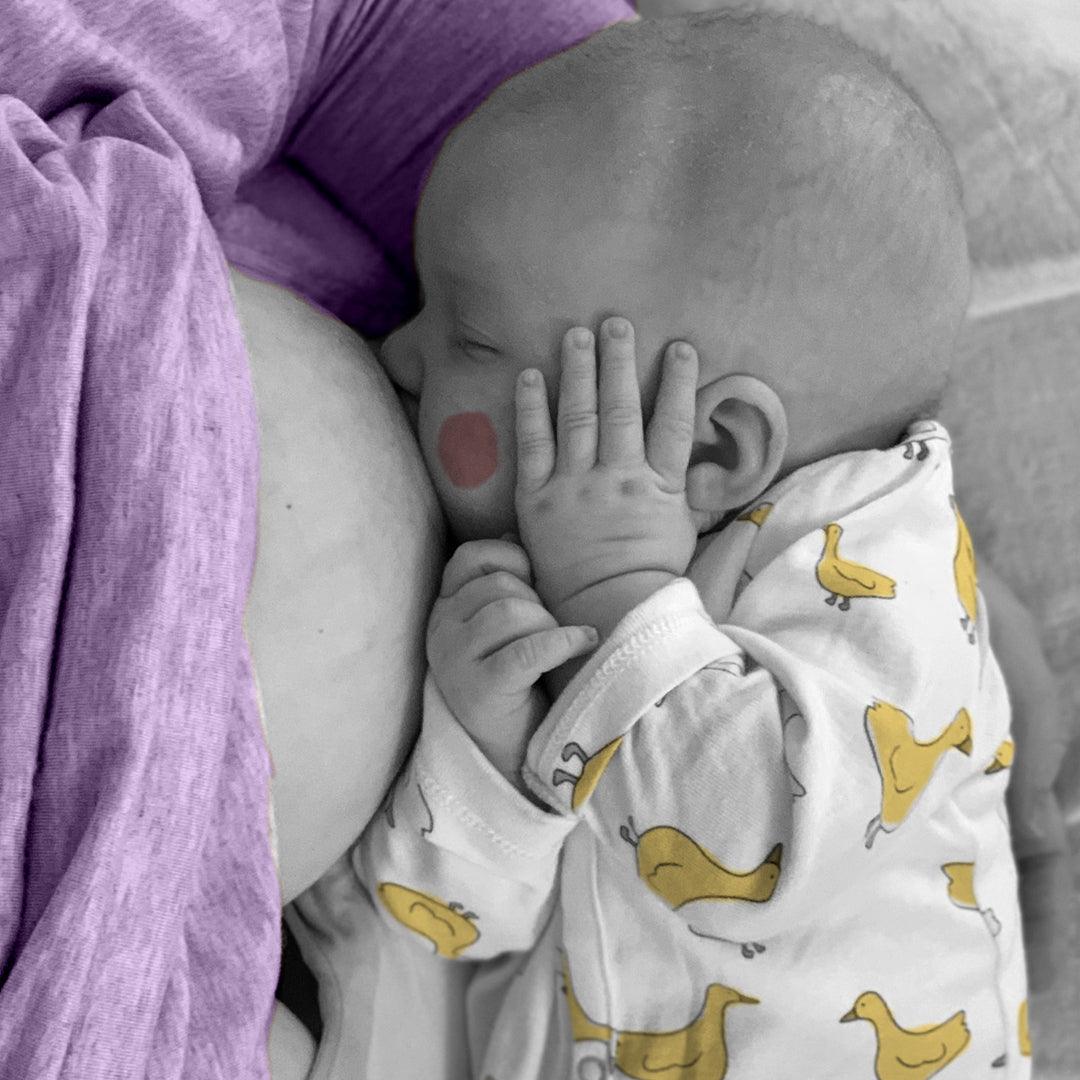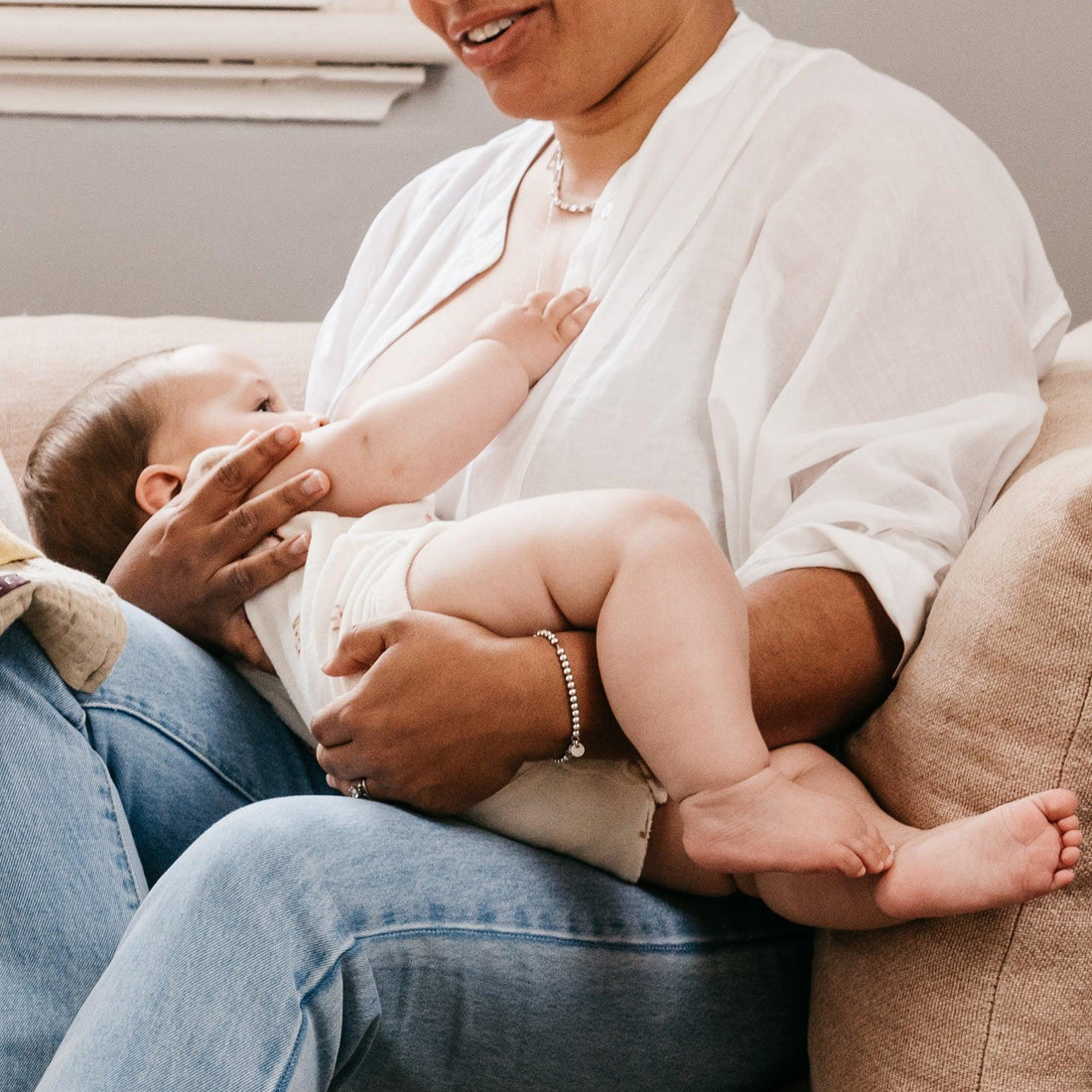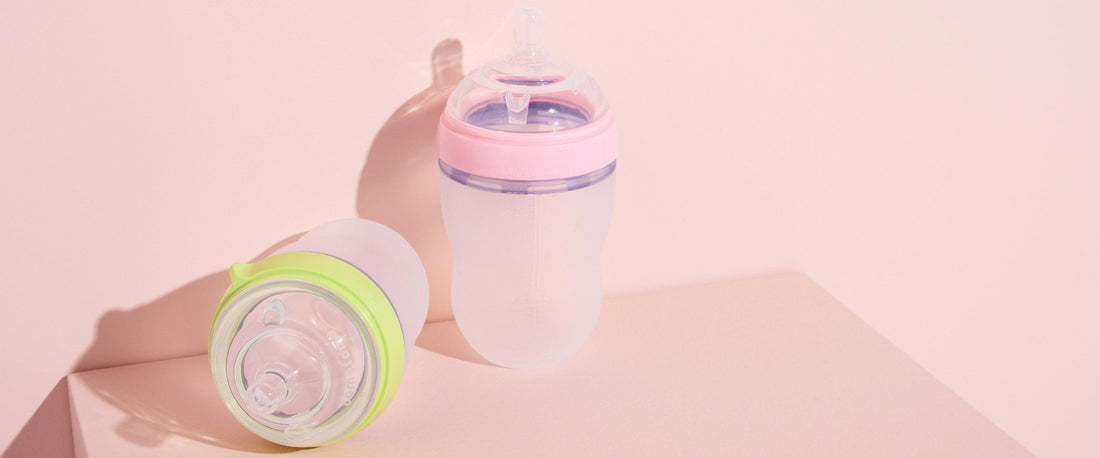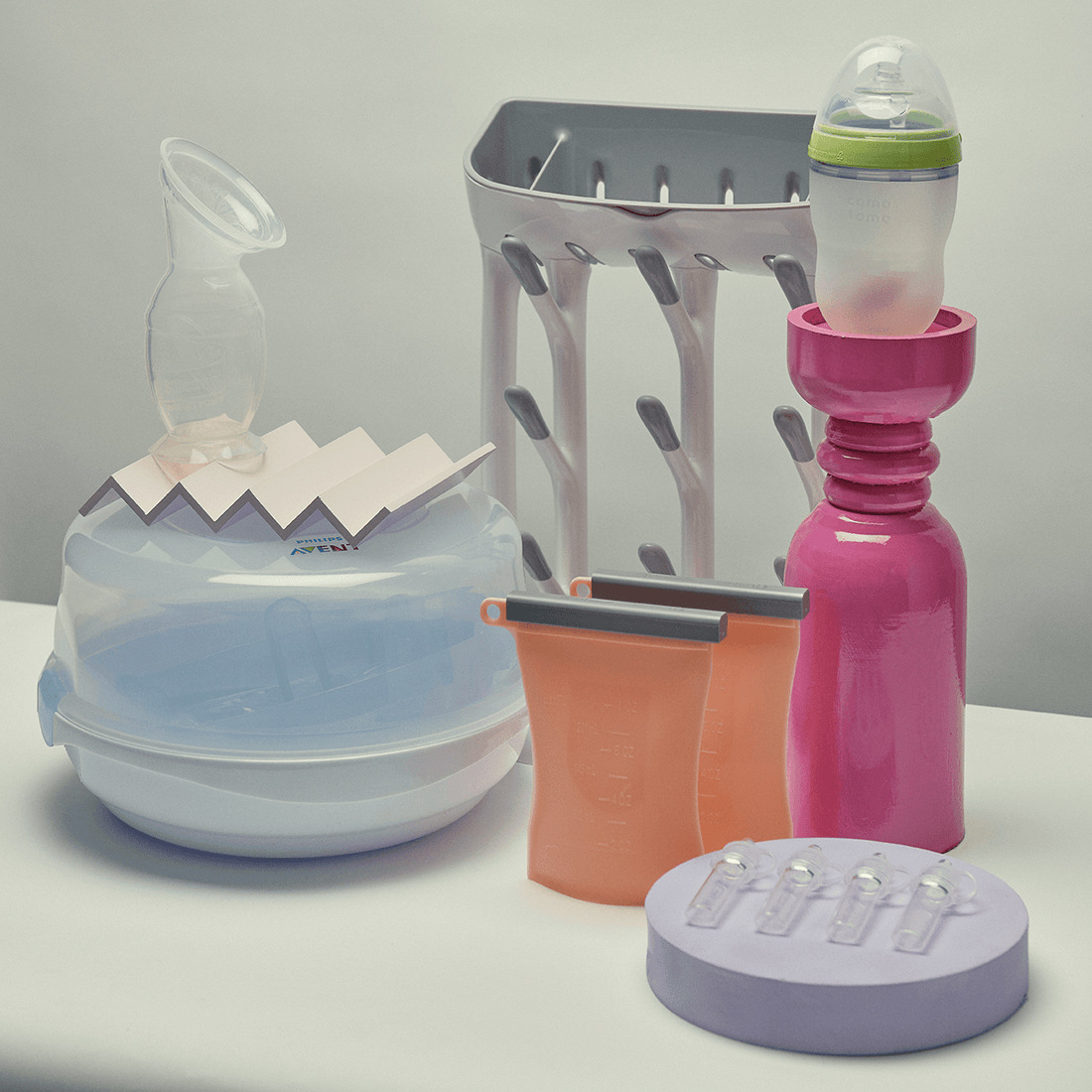Finding the right baby bottle can be a big task, and a bit of trial and error. Ultimately it's your baby that will end up deciding which is "the one", but you can make an informed decision based on what the bottles will also offer the parent: easy cleaning, lifecycle, and aesthetics. From a variety of materials, to sizes, to different bottle necks, to weird and wonderful teat choices, it can all get pretty overwhelming, trying to choose which one to try. As always, we’re here to help take the confusion out of your baby gear buying process. Let us demystify the best bottle-feeding essentials and present a tightly curated edit for you to select from. Because buying a baby drinking bottle doesn’t need to be hard, and we want to save you time, energy and your sanity from reading articles like 32 Best Bottles For Babies (cos we know you don’t have time for that!)
View our baby bottle tutorial video today.
What to know about baby bottle feeding?
Before we dive right in, let's talk about bottle feeding for a hot minute. Did you know the average baby takes about 6-8 bottles per day? While talking about the best bottle-feeding options might seem inane, with stats like that, it's actually pretty darn important to consider what you're popping in your child's mouth. In fact, the average baby will use around 2,700 bottles in their first year alone! Now we're on the same page on the stats, let's guide you through great baby bottles to try.
What To Look For In Baby Bottles
When choosing the right baby bottle for your child, there are a number of factors to consider. The most important ones include:
- Material: The most important thing to consider when choosing a baby bottle is whether it is made of safe materials. Choose from silicone, plastic, or glass options. Whatever you choose, make sure it is a food-grade material and free from BPA and nasties.
- Size: Smaller bottles are great for newborns, but older babies can handle bigger bottles with teats that allow milk to flow more quickly.
- Type of bottle neck: Standard bottle necks work well for most, but consider opting for a wide neck if you are still breastfeeding or a vented bottle if you want to help prevent gas.
- Nipple shape: Traditional bottle nipples are found on most, but you can also choose flat tops which are more like an actual breast if your child is having latching difficulty.
- Ease of cleaning: We like to opt for dishwasher safe. Again, we’re all about time saving and easy options here.
- Baby milk bottle vs baby water bottle: You can use most bottles for milk or water. One less thing to worry about!
Types of Baby Bottles
There are literally tons of baby bottles to choose from and it can get a little overwhelming. The main types you’ll find include:
- Glass Baby Bottles: The most traditional on the market are glass baby bottles. Glass baby bottles are a safe option, but they can be more difficult to clean and are more prone to breakage. We’re not talking champagne crystal here, but a special kind of durable glass.
- Silicone Bottles: Food-grade safe silicone bottles are the newest available and free from chemicals including BPA, PVC and Phthalate.
- Plastic bottles: Generally the most economic choice available.
Types of Baby Bottle Teats
Just to complicate matters more, did you know there are also a range of different bottle teats to choose from? DDon’t fear, it’s actually pretty simple (and handy!) to work out. Here’s the rundown of the different teats available:
- Stage 1: Also known as a slow flow teat. These are best for newborns, and premature babies.
- Stage 2: Also known as medium flow teat. This is best for babies aged three to six months.
- Stage 3: Also known as a fast flow teat. This is the one to use if your baby is six months or older.
How To Decide Which Baby Bottle To Choose
Once you’ve considered the different features you can find in the myriad of baby bottles, and what are most important for your child, you can decide which one suits you best. The best bottle-feeding setup is one that matches your baby’s age, stage, and feeding style.
Newborns should start with a small bottle from 90ml to 120ml and use a slow flow teat. Babies aged six months and older can move to a bigger bottle of 240ml, and a medium flow or faster flowing teat. FYI, most babies will take a bottle until they are around 1 year old.
How often should you replace your feeding bottles?
An important point to note is that the bottles you start with for your newborn, shouldn't be the ones you're left with when they're two. You should replace your baby's bottles every 3-6 months.
The 7 Best Baby Bottles Available in Australia in 2025
Here’s our no-nonsense round-up of the 7 best bottle-feeding options in Australia. No long lists in sight, with recommendations on which bottle will suit your child most.












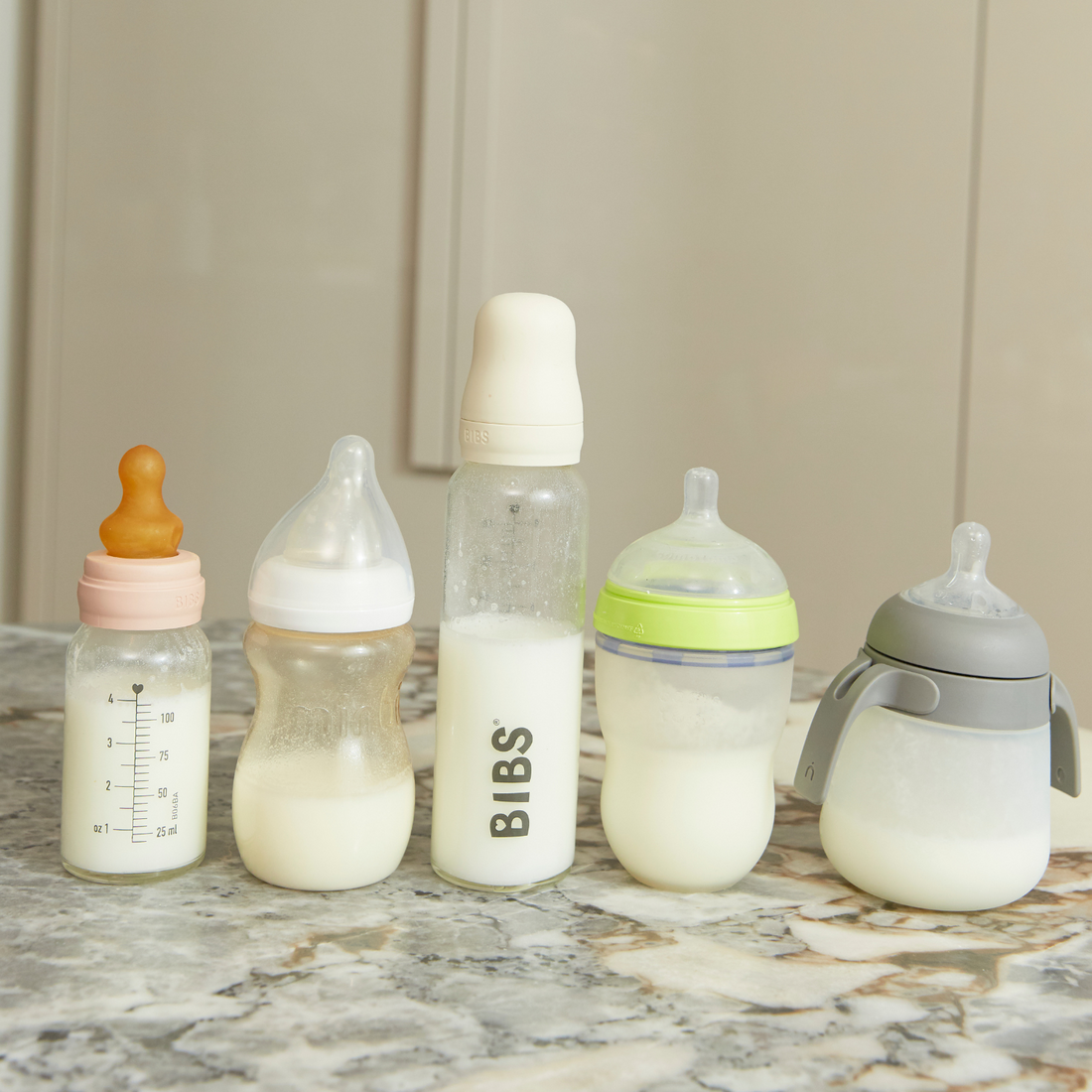

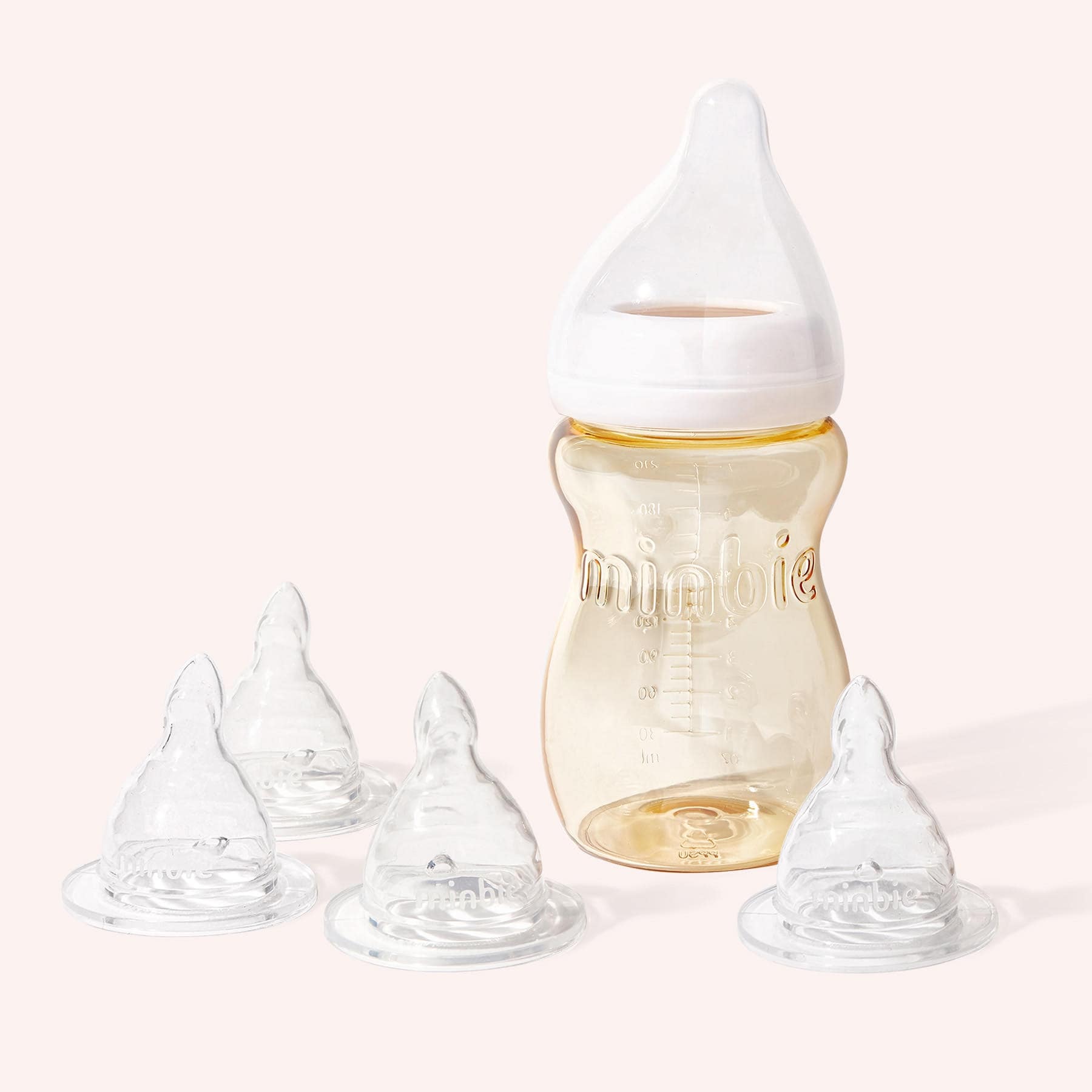

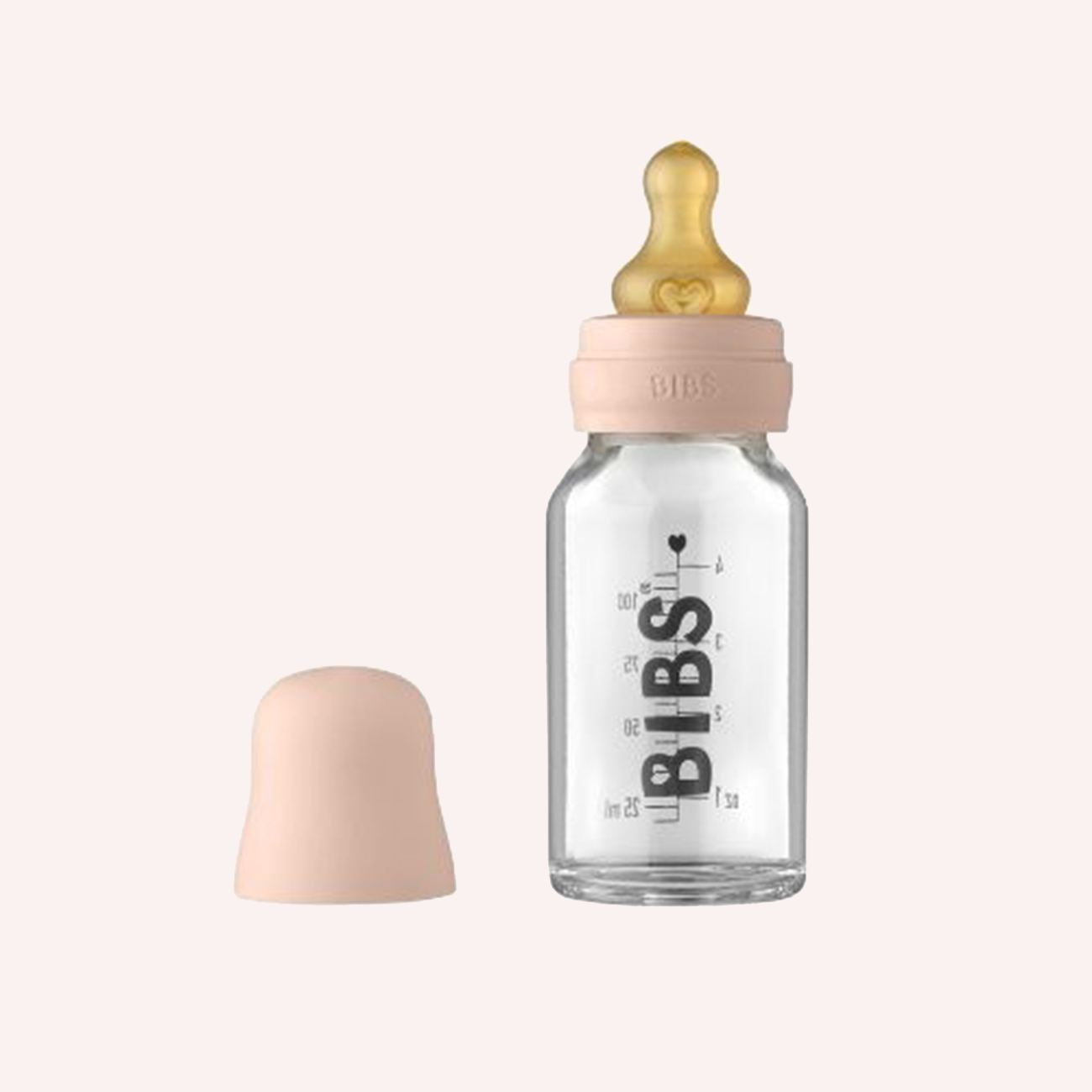
-v1743420653954.jpg?1300x1300)
